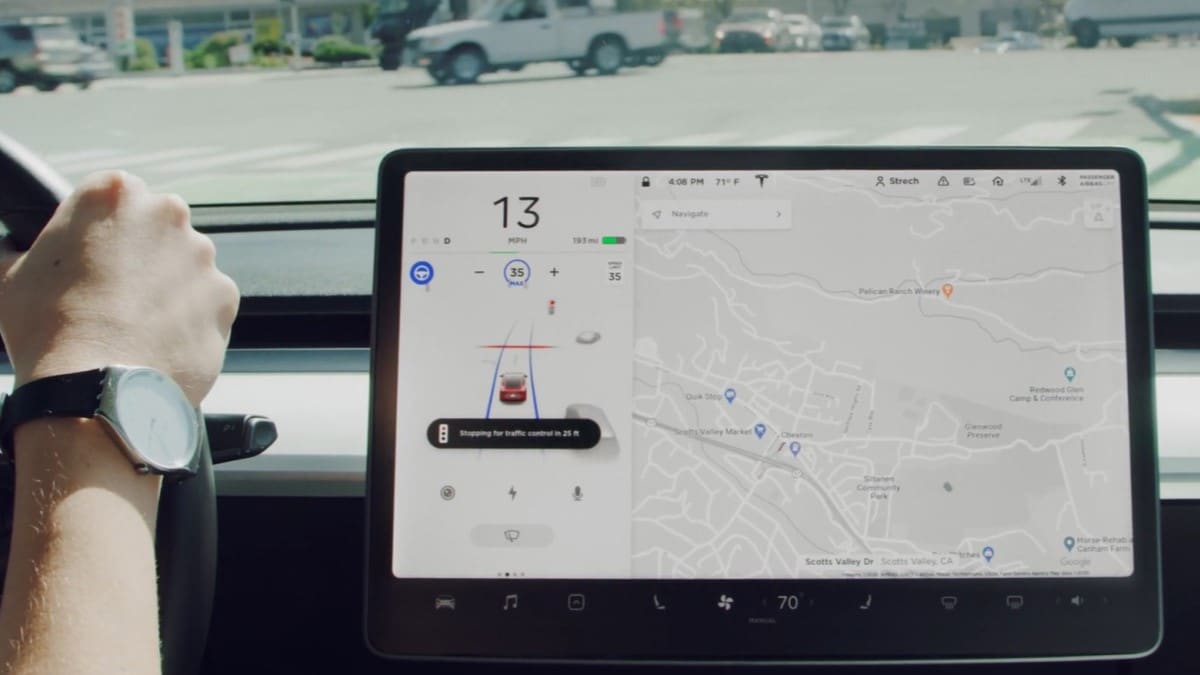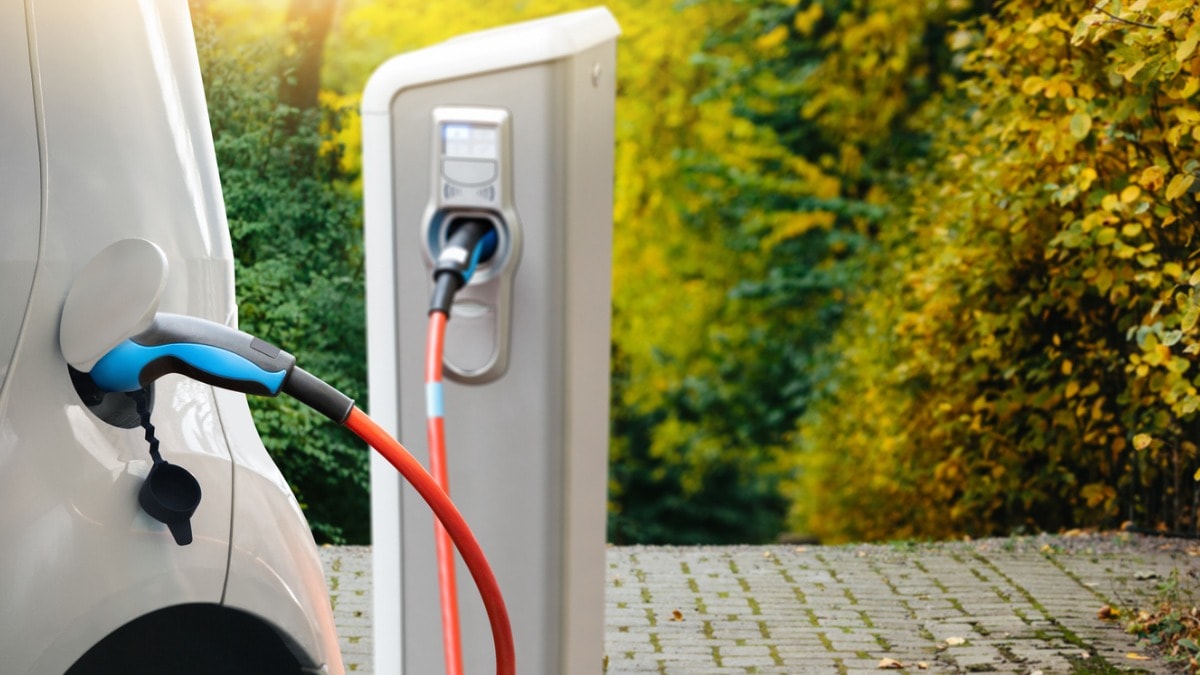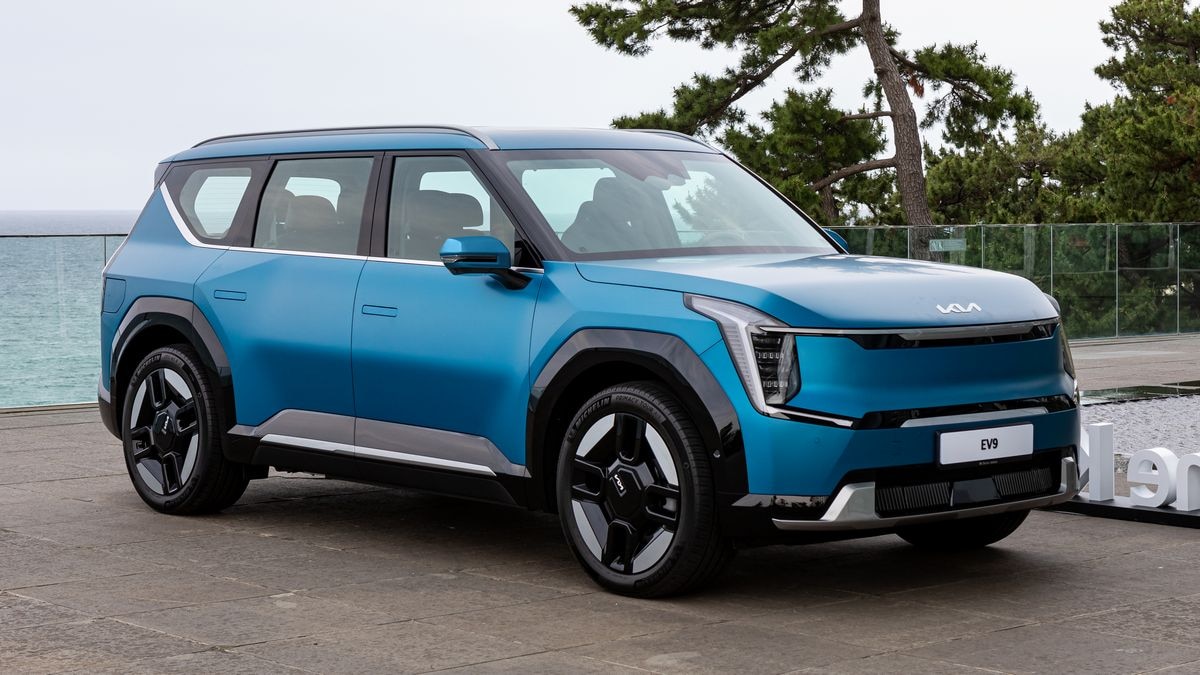Tesla this week launched one of the widest-ranging recalls in automotive history, covering almost every car the company has ever built. Owners don’t need to bring the cars in to have any parts replaced. They just need to download a software patch that changes how the company’s Autopilot driver assistance system works.
But critics say the changes won’t be enough.
“It’s a good initial step, but there’s a lot that still needs to be done,” George Mason University mechanical engineering professor and former NHTSA official Missy Cummings told Bloomberg.
“Tesla should have launched a broad recall for Autopilot at least five years ago, and delays like this are unacceptable,” said William Wallace, associate director of safety policy at Consumer Reports.
The recall comes after a series of accidents – some fatal – in which drivers engaged Autopilot where Tesla says it shouldn’t be used. Tesla reportedly engaged in negotiations with the National Highway Traffic Safety Administration (NHTSA) to control the scope of the recall.
NHTSA appears to remain skeptical, saying it has not closed its investigation into Autopilot’s safety.
How Autopilot Works
Autopilot is similar to systems most automakers offer in 2023. But it works slightly differently, and, unlike most automakers, Tesla doesn’t restrict where drivers can use it.
Autopilot combines a lane-centering system called Autosteer that can steer through turns to keep a car in the center of its lane and a smart cruise control system that can accelerate and brake the car to keep it a safe distance from the vehicle in front of it.
Drivers aren’t supposed to take their hands off the wheel when Autopilot is engaged. Tesla support documents note, “It measures the amount of torque that you apply to the steering wheel and, if insufficient torque is applied, an escalating series of audible and visual alerts again reminds you to place your hands on the wheel. This helps ensure you are attentive and trains good driving habits.”
The electronic owners manual in every Tesla tells owners the system is “intended for use on controlled-access highways” with “a center divider, clear lane markings, and no cross traffic.”
Tesla Uses Fewer Sensors Other Automakers
Many automakers have a similar system. But Tesla’s has several crucial engineering differences. To complicate matters, most rivals design a car and stick with its design for an entire year. Tesla often changes components in the middle of a production run. So a Tesla built on April 3 may have different parts than a Tesla built on April 4.
Most rivals use a combination of cameras, radar, lidar, and ultrasonic sensors to track the car’s surroundings. Most Teslas use only cameras. Some older Teslas included radar and ultrasonic sensors, but Tesla no longer builds them into its cars and has deactivated them in some older models. Some critics say cameras alone aren’t enough, particularly in low lighting situations. In Kelley Blue Book evaluations, rain has easily confused the system.
Tesla also takes a different approach to driver monitoring.
Most other automakers track a driver’s attention with cameras. Many use a program that follows the driver’s eyes to ensure they’re on the road. But most Teslas rely on sensors that detect movement of the steering wheel. In some accidents, drivers have tricked the system by attaching weights to steering wheels.
Tesla Let Drivers Decide When to Use It
Rival systems like Ford’s BlueCruise and General Motors’ Super Cruise activate only on certain pre-mapped highways.
Until the recall, Tesla let drivers decide where to activate Autopilot. The owner’s manual advises them to use it only on controlled-access highways, but owners could turn it on anywhere.
The Recall Will Change Some of That
In recall documents filed with NHTSA, Tesla suggests that may change. After the update, the documents say, “If the driver attempts to engage Autosteer when conditions are not met for engagement, the feature will alert the driver it is unavailable through visual and audible alerts, and Autosteer will not engage.”
The Verge reports that “Tesla is also expanding its ‘three strikes and you’re out’ system to include Autopilot for the first time. Previously, drivers with the more expensive and expansive Full Self-Driving feature would be locked out of the system if they were not paying attention to the road. Now, this feature will include Autopilot users as well.”
If it functions like the Full Self-Driving system, we should note, it will only lock users out for the duration of one drive. Restarting the car could reset the strike count.
Some Critics Are Still Worried
Some safety advocates wonder why anyone should get three strikes. “This has all the earmarks of a compromise to get the remedy out and avoid another year of negotiation between NHTSA and Tesla,” says Phil Koopman, a professor of electrical and computer engineering at Carnegie Mellon University who studies autonomous vehicle safety.
Sam Abuelsamid, principal research analyst at Guidehouse Insights, told The Verge the recall “absolutely could have gone another way. NHTSA could do its job and actually force Tesla to do a recall and install robust driver eye and hand monitoring and true geofencing of the system or disable Autosteer altogether if they cannot do a hardware update.”
The NHTSA, for its part, says it will continue its investigation to study “the effectiveness of the remedies deployed by Tesla.”





